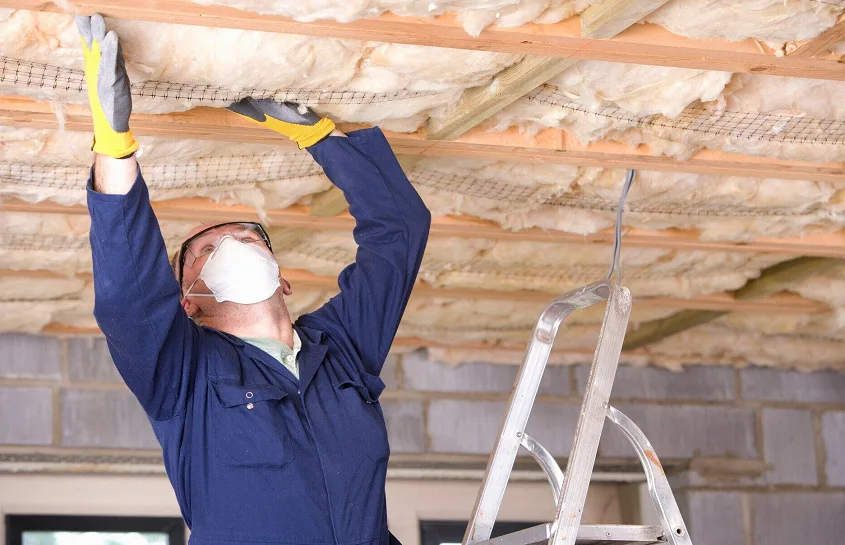Insulating your home does more than add materials. It makes your house comfortable and saves energy. Many homeowners worry about spray foam insulation. The upfront cost can feel high or unclear. Understanding the real factors helps. Home size, foam thickness, and labor affect the price. Spray foam seals gaps tightly. It keeps drafts out and energy in. It also improves air quality. The initial cost is higher than other insulation types. But the long-term savings usually cover it. Knowing what affects pricing helps you plan. You can avoid surprises and budget properly.
In the end, spray foam is more than insulation. It’s an investment in comfort, savings, and peace of mind.
Factors That Influence Pricing
The size of the project has a big impact when you estimate the cost of spray foam insulation. A small wall or garage needs less material than an attic or whole house. Bigger projects cost more overall, but the price per square foot may be lower.
The type of foam also changes the price. Open-cell foam is cheaper but doesn’t block heat or moisture as well. Closed-cell foam costs more but gives stronger insulation and better protection.
Labor constitutes a significant portion of the overall expenses. Professionals have the tools and skills to apply the foam correctly. DIY may look cheaper, but mistakes can lead to poor coverage and less energy savings.
Long-Term Savings and Benefits
Spray foam insulation may have a higher upfront cost compared to fiberglass or cellulose, but it delivers stronger energy efficiency. Sealing gaps and preventing air leaks reduces heating and cooling needs throughout the year. Many homeowners notice lower utility bills soon after installation, making it a smart long-term choice.
A notable benefit is its impressive durability. Unlike fibreglass, which often requires replacement every 10 to 15 years, spray foam can last for decades with minimal maintenance. This long lifespan means fewer replacements and less hassle for homeowners over time.
The combination of energy savings and durability makes spray foam a cost-effective option in the long run. While the initial expense may seem steep, the reduction in monthly bills and fewer replacements balance out the investment. Ultimately, homeowners gain enhanced comfort and increased financial value by selecting spray foam insulation.
How to Plan and Budget
To avoid unexpected costs, it’s best to obtain quotes from multiple contractors before starting the spray foam insulation project. A good estimate should list materials, labor, and cleanup so you know exactly what you are paying for. This transparency makes it easier to compare services and choose the most reliable option.
Online cost calculators can also give you a general idea of pricing before you schedule an inspection. These tools help you plan a budget and understand what to expect from contractors. By combining online research with professional quotes, you can make a more informed decision and avoid unpleasant surprises.
Invest in Comfort and Savings
Spray foam insulation is more than a home upgrade. It adds comfort, saves energy, and boosts property value. Knowing prices, material choices, and labor costs makes planning easier. You can set a budget with confidence. The benefits go beyond the upfront cost. Over time, savings and comfort make it worth the investment. Ready to start? Contact a trusted contractor and ask for a clear quote. For more tips, check our blog. We share simple guides that make home projects easier and more affordable.
